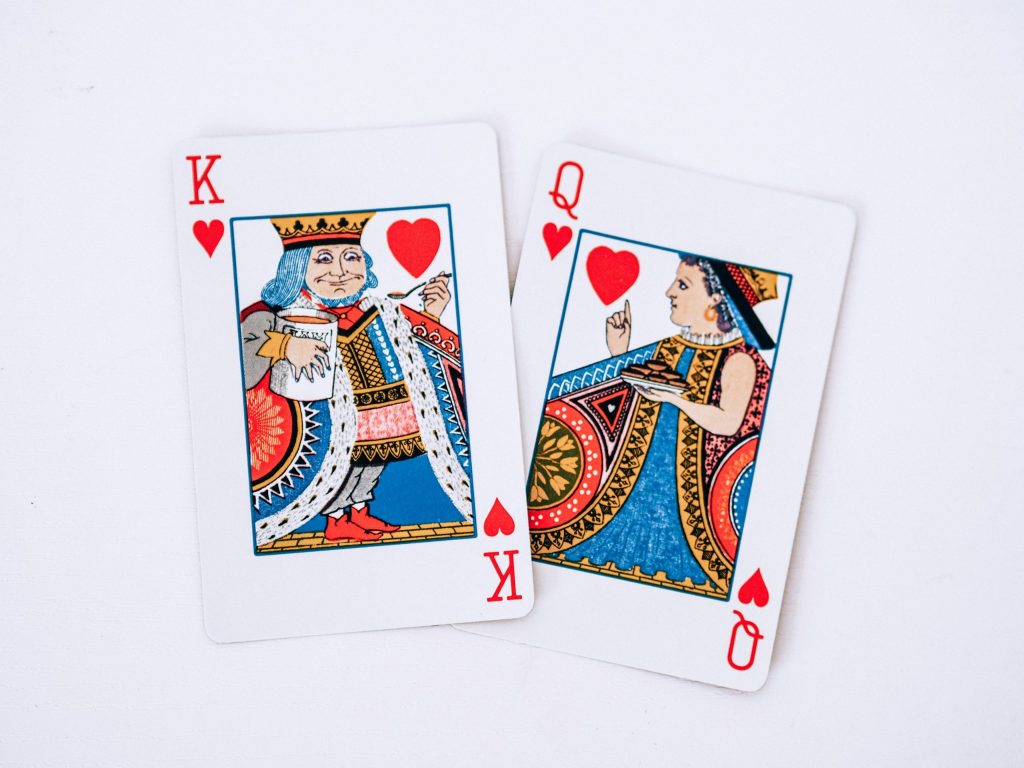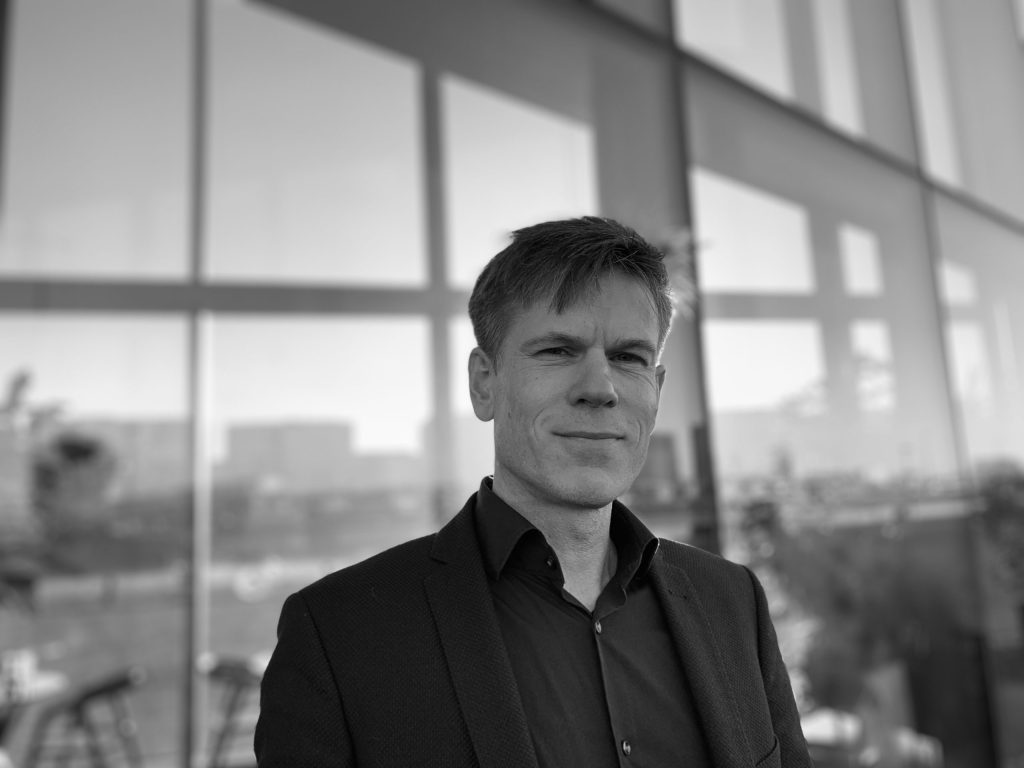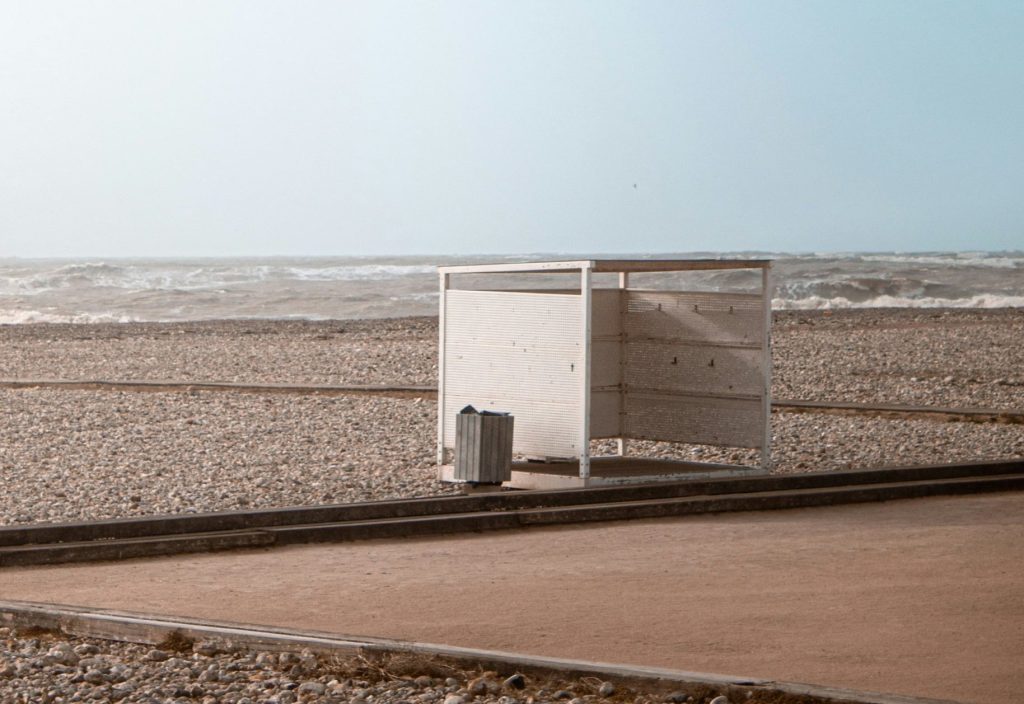Kim Lewis (1982) is a communication designer who creates campaigns, stories and digital products. He works mainly for social and cultural organizations. He worked with campaign agency BKB on the government campaign ‘Alleen samen krijgen we corona onder controle’ (Together we’ll get corona under control). He prefers to get involved in projects from the very beginning, from strategic vision to the final product.
What is it about designing social campaigns for cultural organizations that attracts you?
I used to work as a junior art director at an advertising agency and I discovered right away it’s important to me to work for people that do things you can believe in. I don’t want to just share their goals in designing, it goes beyond that. My role as a human being also plays a part, so I like to have shared goals in society. The final product improves when they get me involved in the strategic part of the process. That’s why it’s so important for me to be involved early in projects.
What value do you add at the start of a communication design process?
For many clients design is the last stop. Customers often just want a new website. But the question is: how do you want to position yourself? Is your website the only channel you’ll be using to show yourself? Or are there other channels?
I ask clients questions that require them to have a vision first, before they get to the final product. Otherwise the product will only be an island; like a shop in a dead end street. Once you’ve got the right vision, you tell that story on your other channels as well. Even the personal contact you have with a customer or visitor is a channel. There’s really only one way to think about your identity and that’s in a holistic way, because it’s the sum of everything you do. Of course I also want everything to look good, but I primarily want it to contribute to something.
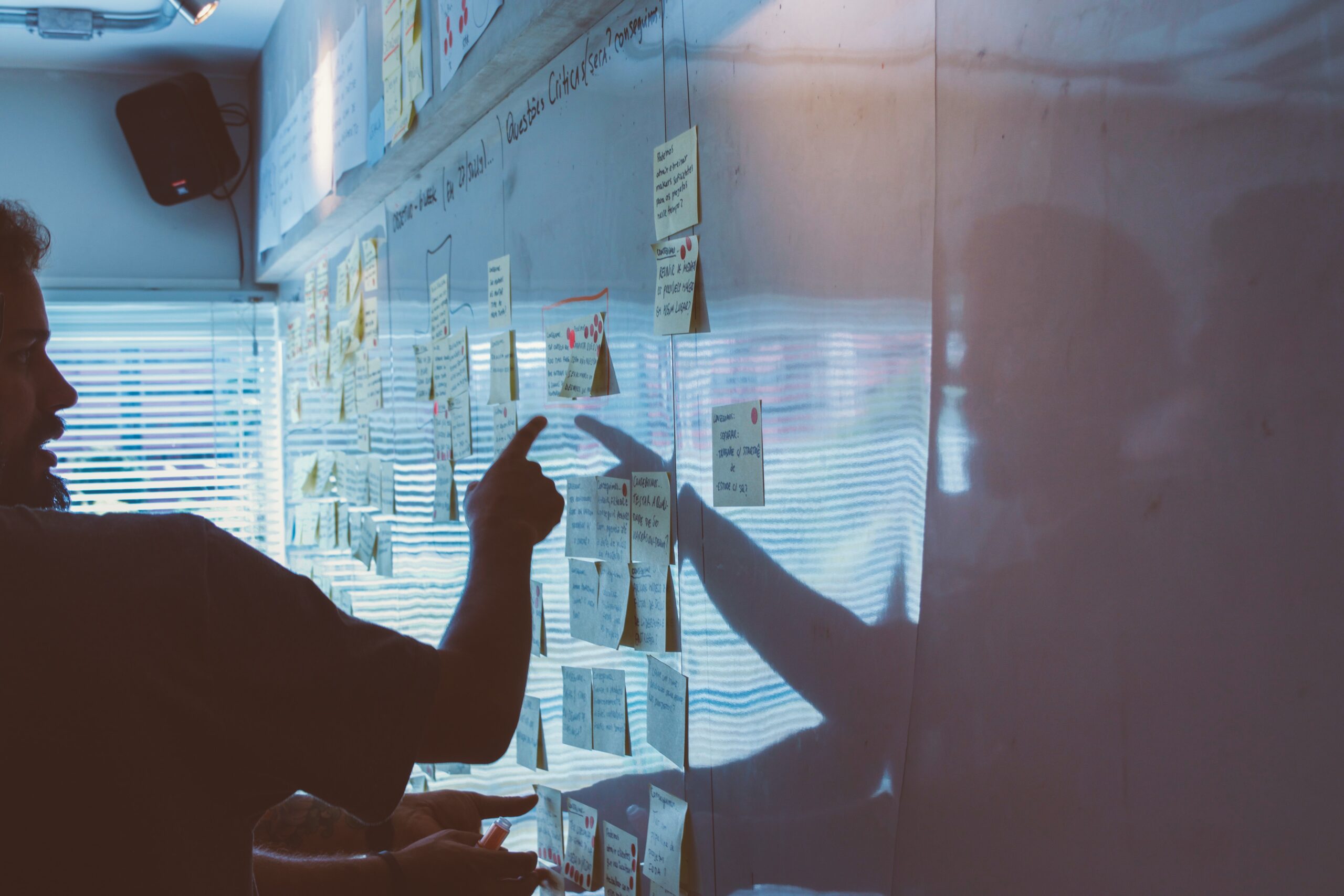
What was one of the most special campaigns you had the opportunity to participate in?
I worked with campaign agency BKB on the government campaign ‘Alleen samen krijgen we corona onder controle’ (Together we’ll get corona under control). We created roadmaps and sub-campaigns for that campaign. It was a true crisis situation and we worked with the National Core Team Crisis Communication (NKC). We had super large zoom meetings with up to twenty people including representatives of the ministries and behavioral scientists.
In those first two or three months, there was a constant lack of information. Decisions were taken very late by the ministers. If they had a press conference on Tuesday, we’d be making a roadmap the Friday before without knowing what to put in it. We only received the information on Monday and we even had to process the feedback before Tuesday. Which indicates that everyone was searching. You can say a lot of Hugo de Jonge, but his metaphor: ‘We’re steering in the rear-view mirror’, was a gem. That’s how it really felt. The great thing about this crisis situation was that everyone was insecure and we were allowed to create a little bit of order through communication and the campaign.
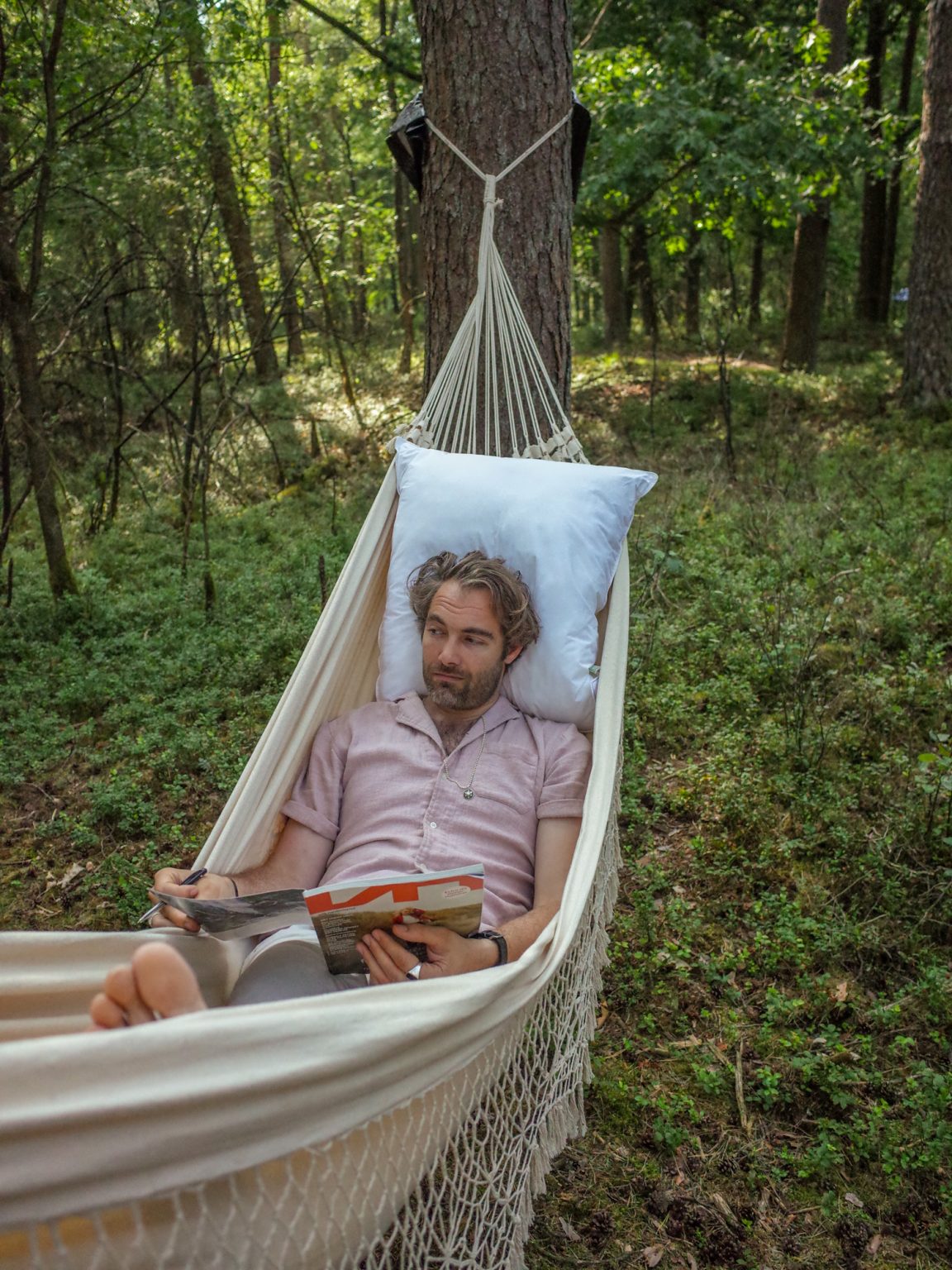
Would you call that campaign successful and what did you learn from it?
If we lived in a clean, clear world, it would have been successful. But we would come up with a system and then there would be all kinds of exceptions. So I found it conceptually successful, but messy in execution.
I’ve learned that fighting for priority always pays off in the final message. And that you have to very carefully wage an ongoing battle about what is at the core. This can of course be frustrating, but also very satisfying. And the most important thing I learned from that campaign is that sometimes you have to push back to keep it simple.
And when would you call a campaign truly successful?
If you set clear assessment criteria in advance and determine afterwards that these criteria have been met. And also, for me, the interests of the readers come first. The communication should be for the readers. If it’s too ambiguous or multi-interpretable, then it’s no good. If the message is clear to the reader, then it is successful.
What would your dream job be?
In some ways the corona campaign was a dream job, it was relevant, urgent, critical, close to the powers that be. It was, within social communication design, the coolest thing I ever experienced. Especially the first two months. But there were also too many stakeholders involved to really experience it as the ultimate dream job.
My dream is to do something for large ngo’s (non-governmental organizations) and large Dutch culture houses. I would really like to do a restyle of a culture house, because I also really like working with other creators. Perhaps for the Mondriaan Fund or het Rijksmuseum. Or for the AFK.
What is most important characteristic of a good communication designer/strategist?
First of all: curiosity. And: dedication. I get most excited from work when I have faith that the clients are doing the right thing. It then changes from: working for someone, to: working together with a shared end goal. Then the fact that you get paid is just a nice extra, because you’re already giving the world a push in the right direction. Most of all I would say: don’t work for people you don’t believe in.
What is important to you in terms of professional development?
I am always afraid of stagnation and repetition. I believe that life takes place in change. If every day is the same, if you are repeating the same trick, your perception of time will also be different. In corona time, for example, you experienced a year as if it was a week, especially because you were in a boring routine. I always want to be critical and make sure that I do something because it’s best for myself and not because it’s nice and comfortable.
Website: whoislewis.nl
